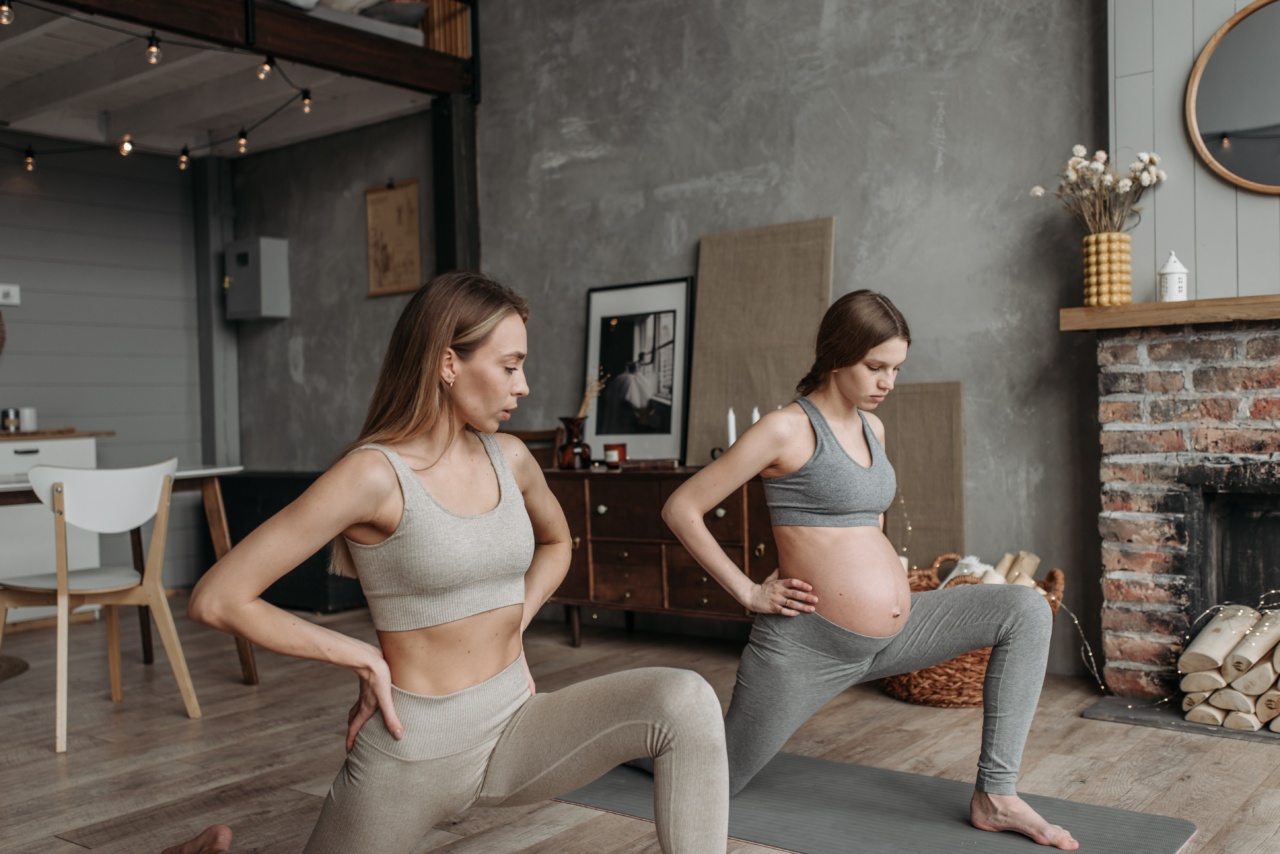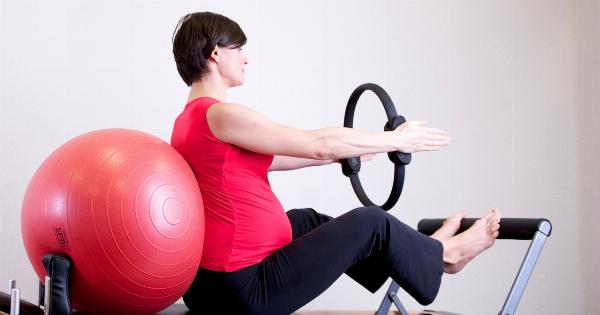Pregnancy is a beautiful and transformative time in a woman’s life. Regular exercise during pregnancy has numerous benefits, including increased stamina, improved mood, reduced pregnancy discomforts, and enhanced postpartum recovery.
However, it is crucial for expecting mothers to choose safe and appropriate exercises that cater to their changing bodies and the well-being of their unborn babies. In this article, we will discuss ten safe and effective exercises specifically designed for pregnant women.
1. Prenatal Yoga
Yoga is a fantastic exercise option for pregnant women as it incorporates gentle stretching, relaxation, and deep breathing.
Prenatal yoga classes focus on maintaining flexibility, strengthening the pelvic muscles, and relieving pregnancy-related aches and pains. Additionally, yoga helps improve balance and posture, which can be affected as the baby grows.
2. Walking
Walking is a low-impact exercise that is safe for almost every pregnant woman. It requires no equipment and can be easily incorporated into one’s daily routine.
Walking helps maintain cardiovascular fitness, strengthens leg muscles, and improves circulation. It also provides an opportunity to enjoy nature and get fresh air.
3. Swimming
Swimming and water aerobics are excellent exercises for pregnant women as they provide buoyancy, support, and minimal joint strain.
The water’s resistance helps maintain muscle tone, while the weightlessness relieves pressure on the joints and decreases swelling. Swimming also helps alleviate back pain and improves overall cardiovascular fitness.
4. Prenatal Pilates
Prenatal Pilates focuses on strengthening the core, improving posture, and enhancing overall body strength. It is a low-impact exercise that uses controlled movements and emphasizes proper alignment.
Prenatal Pilates classes often utilize specialized equipment, such as exercise balls and resistance bands, to provide targeted workouts suitable for pregnant women.
5. Stationary Cycling
Stationary cycling or using a stationary bike is a low-impact exercise that helps strengthen the leg muscles and improve cardiovascular fitness.
Since it is a non-weight-bearing exercise, it eliminates stress on the joints while providing an effective workout. Cycling can be adjusted to accommodate different fitness levels, making it suitable for pregnant women at any stage.
6. Prenatal Strength Training
Strength training exercises that are modified for pregnancy can be highly beneficial for maintaining muscle tone and strength.
However, it is crucial to work with a certified prenatal fitness specialist who can guide pregnant women on proper form and help them avoid exercises that could be harmful. Strength training exercises usually focus on the major muscle groups, such as legs, arms, back, and shoulders.
7. Low-Impact Aerobics
Low-impact aerobic exercises, often tailored specifically for pregnant women, provide a great cardiovascular workout without excessive stress on the joints. These classes usually include rhythmic movements, light weights, and dance-based exercises.
It is advisable to avoid high-impact movements, jumping, and sudden changes in direction during pregnancy.
8. Prenatal Tai Chi
Tai Chi is a gentle form of exercise that combines stretching, strength training, and controlled breathing. Prenatal Tai Chi adapts these movements to suit the needs of pregnant women, promoting relaxation, balance, and flexibility.
It is a low-impact exercise that helps alleviate stress and prepares the body for labor and delivery.
9. Pre- and Postnatal Aqua Fit Classes
Aqua Fit classes designed for pregnant and postpartum women are conducted in shallow water to provide support and decrease strain on the joints.
These classes incorporate aerobic movements, strengthening exercises, and stretching specifically targeting the muscles affected during pregnancy and childbirth.
10. Prenatal Dance Classes
Prenatal dance classes, such as Zumba for pregnant women, offer an enjoyable way to stay active while improving cardiovascular endurance and toning muscles.
These classes typically include low-impact dance routines, stretching exercises, and movements that help maintain flexibility and balance.


























